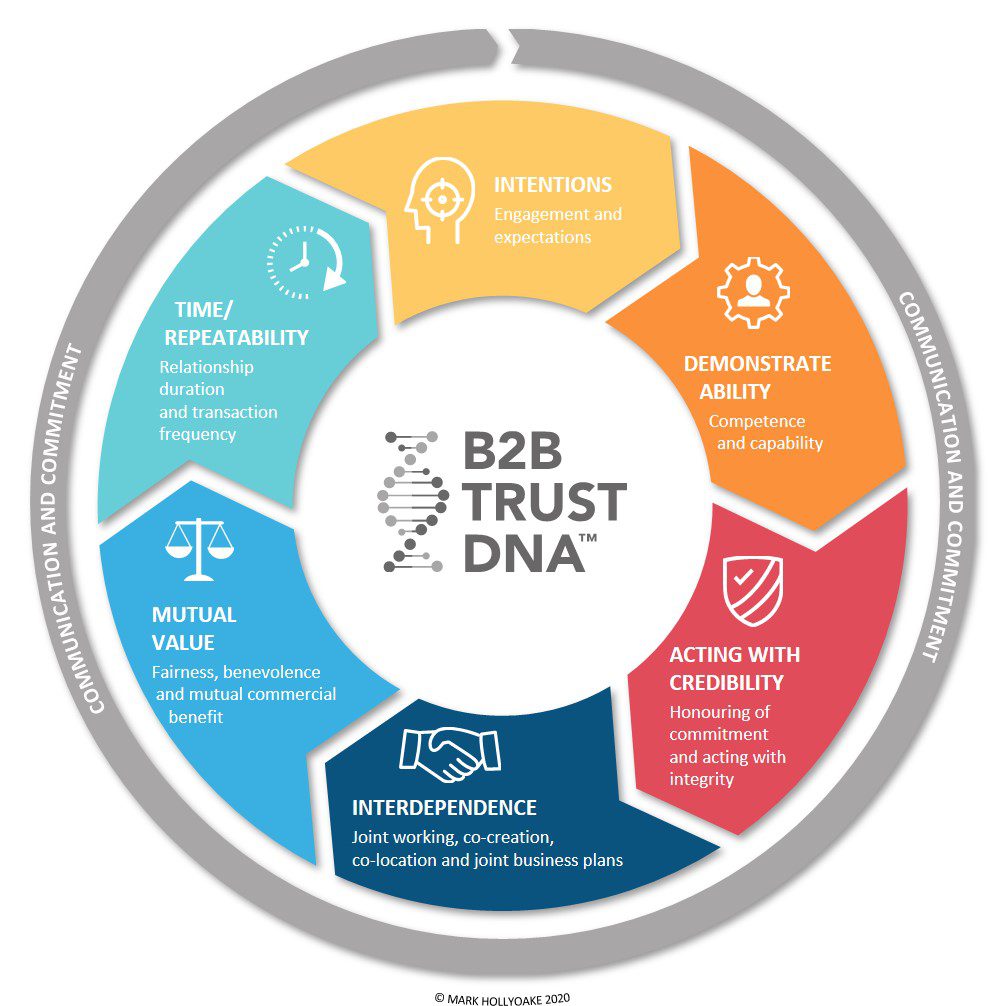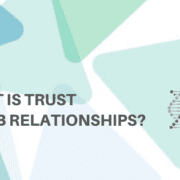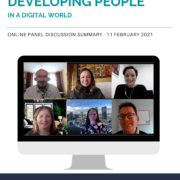Joined up Voice of Customer and Staff Studies
In my many years as a practitioner and consultant in the field of Customer Management I’ve often wondered why business treats its Voice of Customer (VoC) and Voice of Employee (VoE) studies as completely different and dissociated exercises.
The links between customer and staff satisfaction, ease of working/doing business, and advocacy are very well established, and yet the programmes to understand and manage these are all too often divorced within the organisation.
Typically, the Market Research or Customer Experience (CX) Department will manage VoC programmes and the HR Department will run VoE and cultural assessments. Each will have specific research objectives, methodologies and key questions.
Both may be outsourced to different agencies, or one outsourced and one conducted in-house. Such studies tend to be repeated, so both have rich historical data.
Rarely will they be aligned, coordinated, or even correlated however.
Why is this the case?
It’s another example of silo working and business management that is not customer centric. There are good reasons for drawing on differing expertise concerning CX and corporate culture, but there’s no excuse for neglecting to glean valuable insights from bringing together those findings into the bigger picture.
It is never more so as important as when it comes to trust within B2B relationships. My colleague Dr Mark Hollyoake has proved this in his seminal work on B2B trust, which established how trust works on a multi-level context on both sides of the relationship.
The research shows that the triggers and critical incidents for deepening or damaging trust are not the same (or have equal importance) across both sides of the relationship and within different levels of seniority and engagement. It has resulted in a ground-breaking redefinition of B2B trust:
“The willingness to be vulnerable to another party and the decision to engage in
Dr Mark Hollyoake
actions based upon an interpretation of their ability, credibility and the
expectations of mutual value exchange over time.”
One of the strengths of this definition is that it clearly works both ways. Each side is entrusting an element of the success of their business to the other.
Trust development requires an organisation-wide approach, and Mark’s work has resulted in the Trust DNA™ model (illustrated), which enables the proactive and systemic nurturing (and rebuilding if required!) of trust within your B2B relationships. You can see a detailed unpacking of this model by clicking here.

This model also powers our B2B Trust Evaluator, which is more than ‘just another survey’!
It is directly built upon the academic research, which confirms that a “one questionnaire fits all” approach can only skim the surface of B2B trust. Mark’s analysis developed an indexed catalogue of incidents, behaviours and attitudes that either build or impair trust.
This new approach draws down the right questions to ask the different stakeholders that have been proven to matter to them.
Please get in touch if you would like to find out more about joining up VoC and VoE programmes, and evaluating and managing trust on both sides of your key relationships.
- Customer Strategy in the B2B Membership Sector - May 27, 2025
- Build a B2B Customer Strategy - May 20, 2025
- Should you implement NPS in B2B? - January 22, 2025




